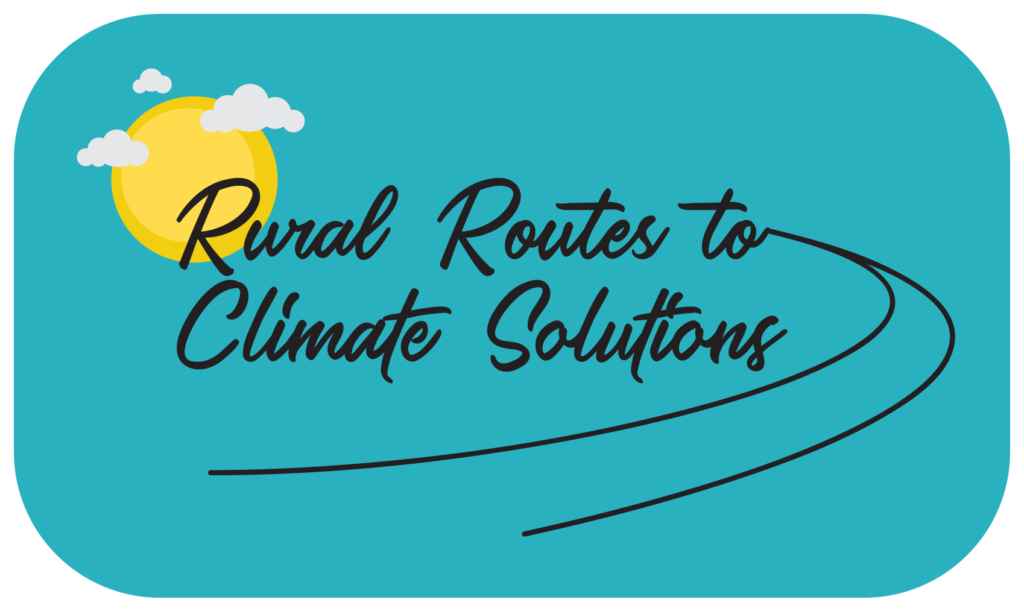Solar Installations on the Farm
November 12th, 2020
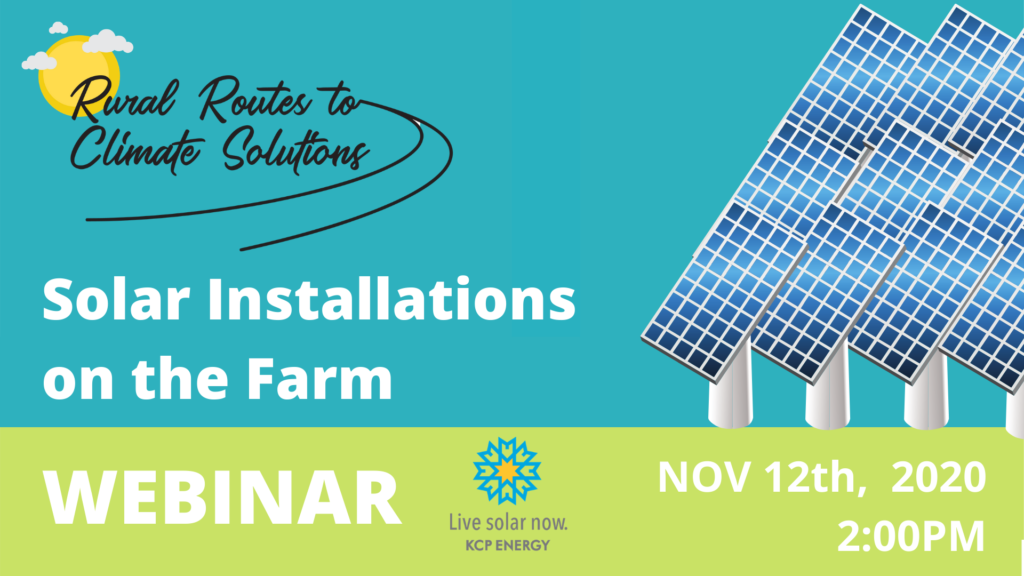
Join us and Lee Sinal of KCP Energy to discuss solar installations on the farm.
Community Renewable Energy Webinar
October 1st, 2020
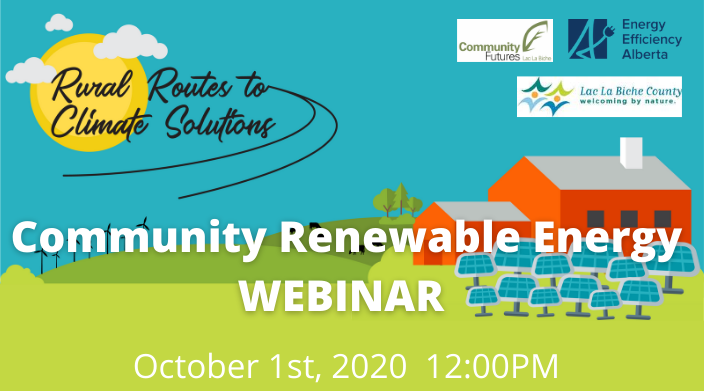
Find out how communities in Alberta are benefiting from community-owned renewable energy projects.
Passive Solar Greenhouse Webinar
September 24th, 2020
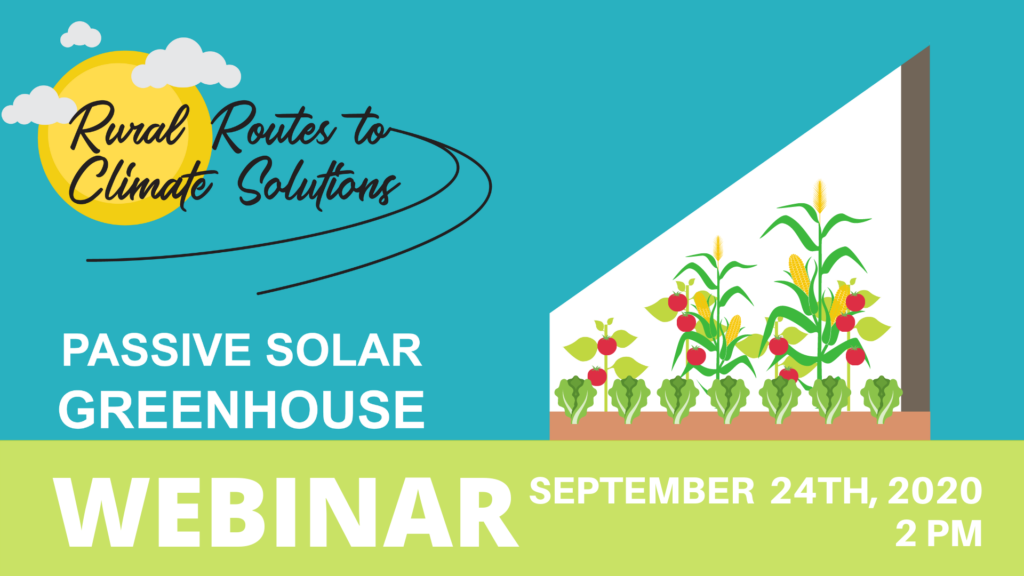
Join us and Dong Jianyi of Freshpals Farm in Olds, AB, to discuss passive solar greenhouse design.
*BONUS* COVID-19 Recovery in Ag
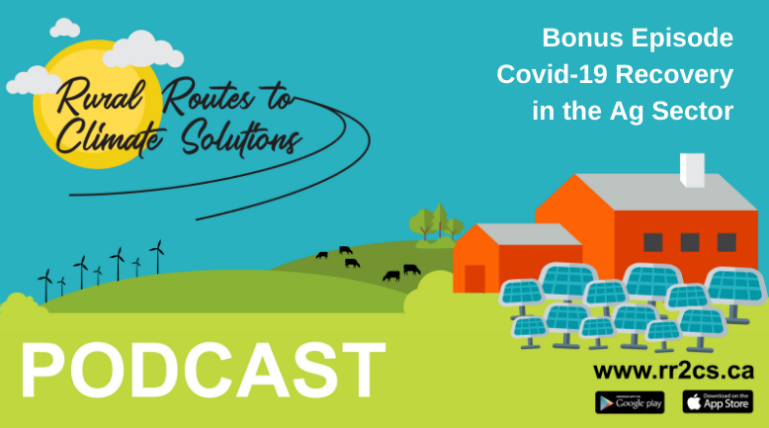
Podcast: Play in new window | Download
Subscribe: RSS
The national coalition Farmers for Climate Solutions has released five recommendations for both covid-19 recovery in the agriculture sector and building climate resilience in the sector. We read the report.
EP35 Electric Tractor Part Two
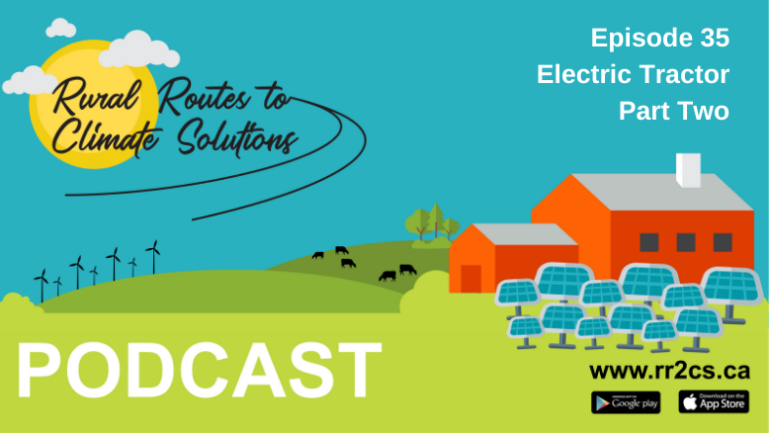
Podcast: Play in new window | Download
Subscribe: RSS
Steve Heckeroth, designer of tractors that run entirely off of batteries and founder of the California-based electric tractor company Solectrac, explains why tractors are the ideal electric vehicle.
EP34 Intercropping
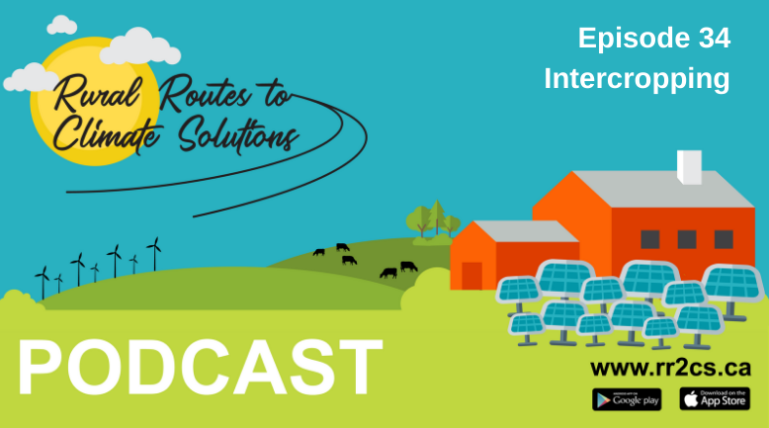
Podcast: Play in new window | Download
Subscribe: RSS
Intercropping can potentially result in higher yields, healthier soil and less chemical inputs, which likely results in a more resilient farm. Dr. Eric Bremer explains in this episode.
EP33 Stories from the Peace
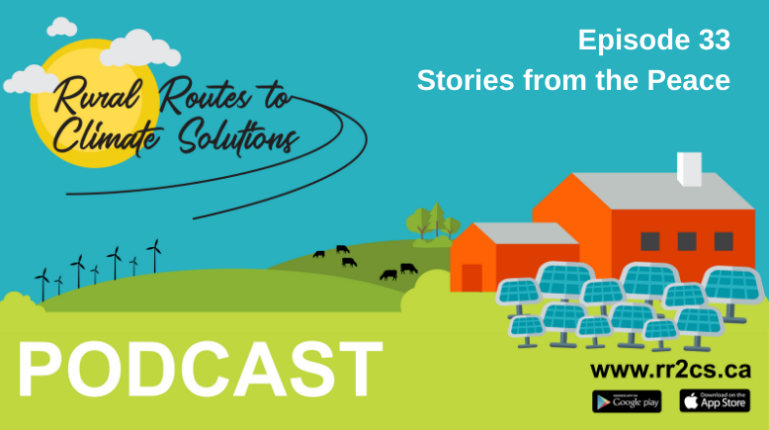
Podcast: Play in new window | Download
Subscribe: RSS
Peace country agricultural producers Ash Armstrong and Curt Hale talk regenerative agriculture, taking risks and pursuing goals in one of our best episodes yet. Co-hosted by PCBFA’s Johanna Murray.
Solar Installations on the Farm
August 19th, 2020
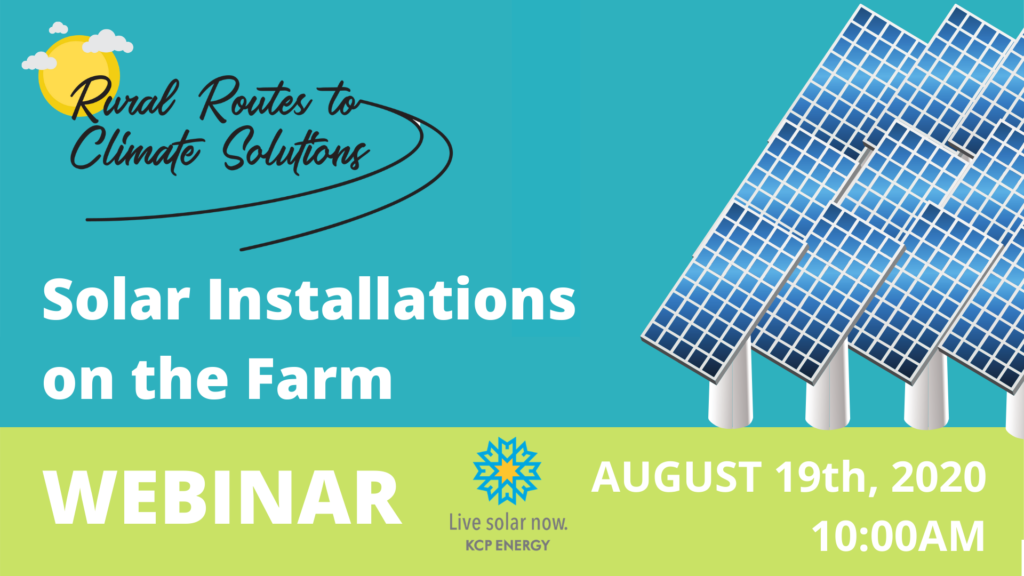
Join us and Lee Sinal of KCP Energy to discuss solar installations on the farm.
Farm Water Management
August 5th, 2020
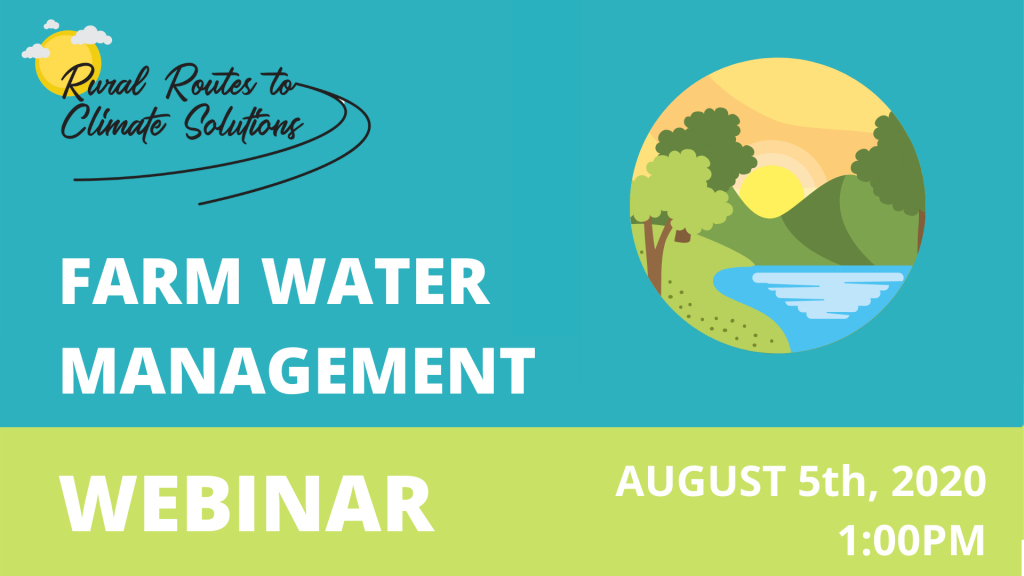
Join us and Takota Coen of Coen Farm to discuss farm water management.
Perennial Grains Webinar
June 17th, 2020
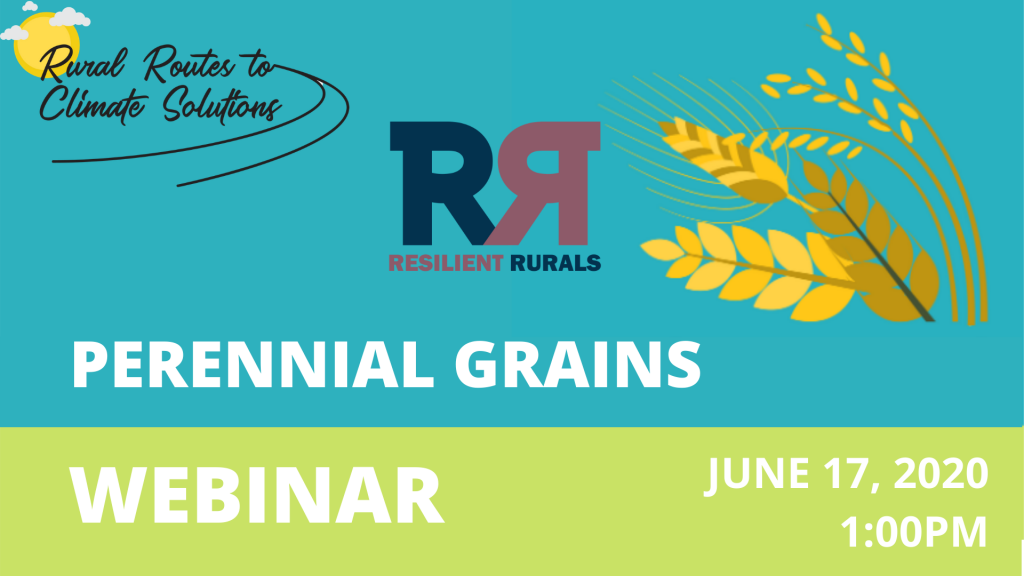
Join us, Resilient Rurals, and Phd Candidate Erin Daly of the University of Alberta to learn more about perennial grains in Alberta!
